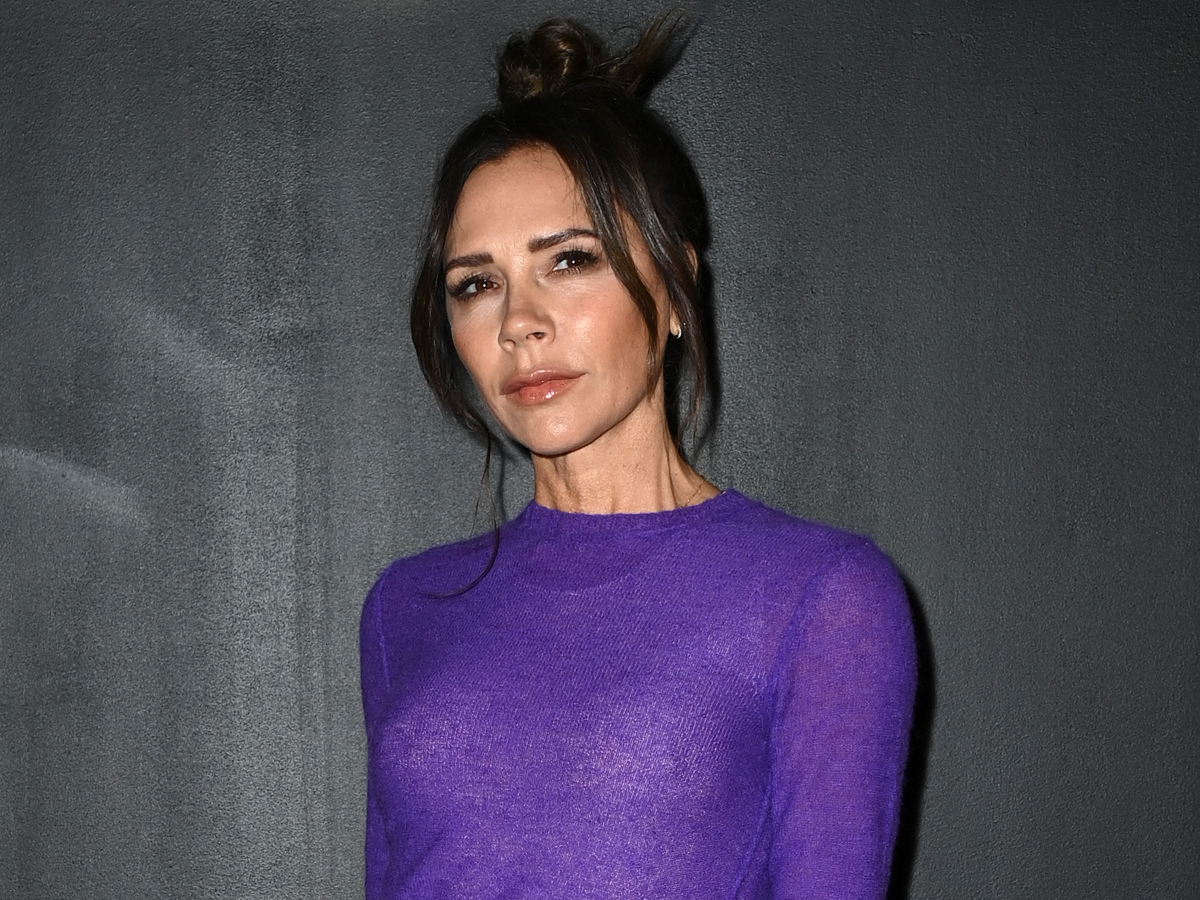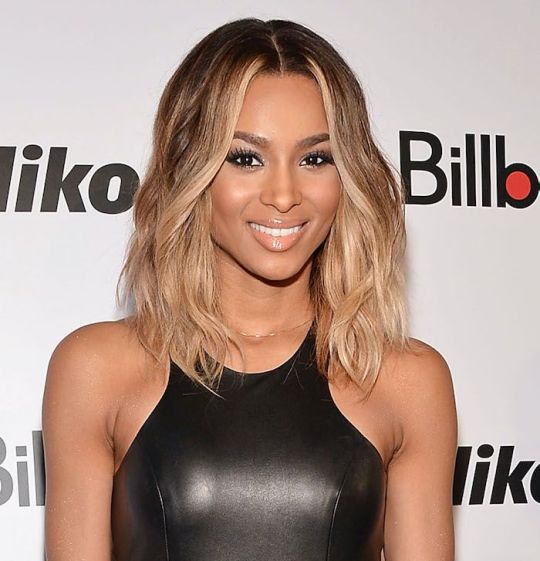
June 15, 2020 at 06:30AM

Much like face oils, hair oils also have the power to divide beauty buffs far and wide. While some love the nourishing, intensely moisturising properties of hair oils, others detest their weighty, greasy nature. However, unlike face oils, when it comes to expert opinion, general consensus is that, actually, adding a hair oil into your routine can only make things better, you just need to know how to use them.
As someone that has very fine, limp hair, I have avoided hair oils for as long as I can remember. Sure, I like the way that they leave my bleached ends feeling silky smooth, but something about adding a greasy formula to my grease-prone lengths has always felt counter-intuitive. Having said that, considering that (as a result of lockdown) I haven’t had my hair cut or coloured in nearly six months, my hair is crying out for some nourishment.

ADVERTISEMENT
ADVERTISEMENTKate Spade Autumn/Winter Sale |

And it turns out that you don’t just have to have dry, dehydrated strands to reap the benefits of oils. “It’s a myth that hair oils will weigh hair down, making it feel heavy and look oily. In fact, oils can be more lightweight than a balsam-based conditioning agent, and they always add shine. The key to using them in in the application,” advises Barton. So in a bid to demystify the ever-confusing world of hair oils, I have compiled an expert-led guide on the best hair oils for different hair concerns.

In the most obvious case, hair oils are truly wonderful at adding moisture to dry strands. Those with a dry, coarse hair texture are likely to see the most transformative results out of using a hair oil. Depending on your specific texture and your chosen product, oils to treat dry strands can be used in different ways. “The best oils for dry hair tend to be more concentrated forms like argan, coconut and avocado oil. For seriously dry hair, I advise using oils after shampooing to provide ultimate hydration,” says Antony Rawlings, Creative Director at Lockonego for Redken. Depending on the formula, you can also use as a pre-wash treatment, a post-wash leave-in treatment or apply it to dry ends on non-wash days to increase shine and manageability.






If you’re anything like me, you’ll find the concept of using oils on your fine hair quite scary. The truth is, a bit of dry texture is often the only thing capable of giving fine hair a little bit of life and volume. However, because fine hair is often fragile, it’s important not to starve it of moisture, and this is where oils can be really helpful. Luckily, it turns out that those with fine hair can use hair oils without weighing it down. “The secret to using hair oils on fine hair is to control the amount you use,” says Barton. “Less is more, so apply only one drop, to begin with, and build up if you need more. Massage 2–3 drops into the palms, tip your head upside down and apply the oil through the length. To minimise breakage, I like to comb it through with a Manta hairbrush.”
“While focusing the product on the ends is important if you want to keep the volume at the roots, it’s also a good idea to make sure you opt for lighter products like mists and oil-infused serums,” advises Rawlings. “If you need deep nourishment all over, use an oil or an overnight mask, for example, and wash it out the next morning. A top trick is to mix oils with your conditioner to maximise the effects,” he says.
ADVERTISEMENT
ADVERTISEMENTSports Direct Free Delivery on All Orders! |





When you’ve got an irritated scalp, it’s likely you’ll just want to leave it alone, and potentially drying shampoos and other products can just make things worse. Incorporating an oil into your hair routine and using it as a scalp treatment could help ease the problem. Rawlings advises, “Oils like tea tree, jojoba, olive and/or castor oil can help soothe the scalp. I’d advise massaging them into the scalp before shampooing to create a barrier that prevents stripping any natural oils.” If you are experiencing serious scalp irritation, flaking or discomfort, it is always best to seek expert advice so that you can build a targeted regimen.




Author Shannon Lawlor | Whowhatwear
Selected by CWC
ADVERTISEMENT
ADVERTISEMENTUp to 30% off Gift Sets |







